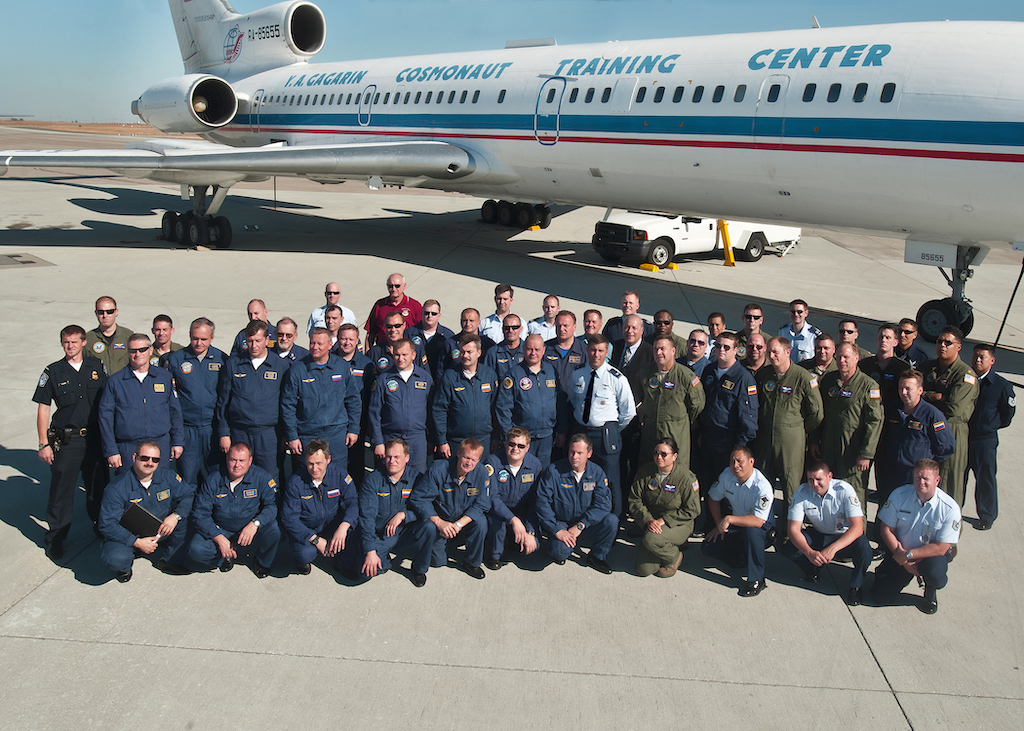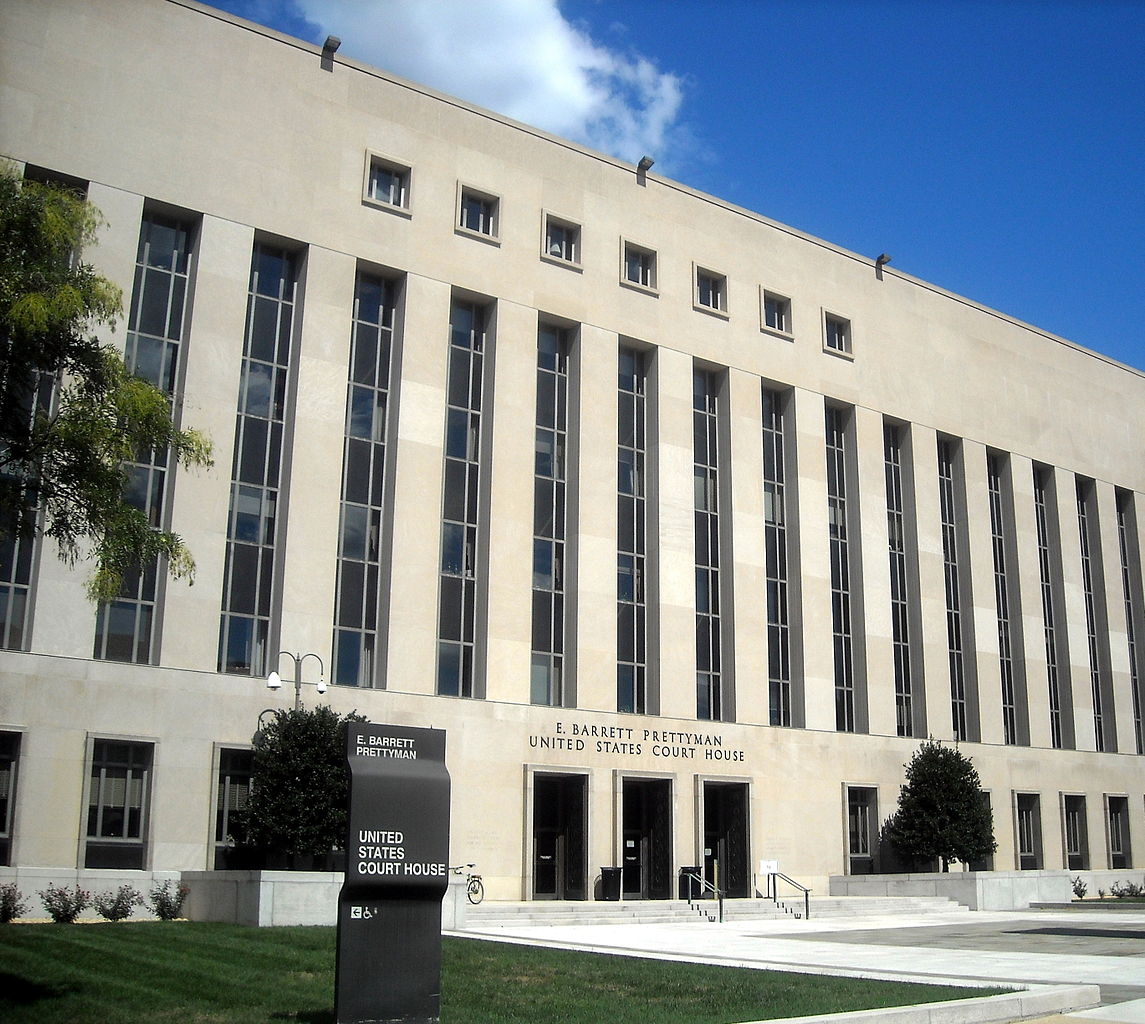The U.S. Will Exit the Open Skies Treaty and It’s Unclear Why
The treaty is one of the keystones of nuclear trust and confidence-building, and there is no clear explanation for why the Trump administration believes withdrawal serves U.S. interests.

Published by The Lawfare Institute
in Cooperation With

While foreign policy headlines have been focused on the imperiled relationship between Washington and Beijing, the Trump administration is actively decoupling from Russia in ways that more directly and immediately impact American national security. On May 21, the White House confirmed that it will formally exit the Open Skies Treaty in six months. First signed in 1993 and coming into force in 2002, Open Skies gives its adherents the right to conduct a limited number of unarmed surveillance flights over other countries’ territory. Participants can observe whether other countries are earnestly complying with their arms control promises, and data obtained by one country must be shared with all other 35 members. The treaty is one of the keystones of nuclear trust and confidence-building, helping to ensure that the U.S. and Russia won’t relapse into a Cold War-style nuclear standoff.
U.S. allies and analysts are aghast at the decision. Michael Hayden, a retired general who served as the director of national intelligence and has headed both the Central Intelligence Agency and the National Security Agency, simply tweeted, “This is insane.” Alexandra Bell of the nonpartisan Center for Arms Control and Non-Proliferation told the Washington Post that she “absolutely cannot see a single upside to abandoning this treaty.”
There were rumors that this might happen last October. At the time, foreign correspondent David Andelman opined that the move would be a “gift to Putin.” Since the formal decision was announced, a number of nuclear experts have also chimed in, warning of the dangers. Open Skies is the second U.S.-Russia arms control regime that the Trump administration has defenestrated in as many years, and experts worry that the landmark New START agreement—which stabilizes the nuclear balance, helps prevent costs from spiraling and enjoys bipartisan support—is next on the chopping block. There is still no clear explanation for why the Trump administration believes withdrawal serves U.S. interests.
Arms control is a cheaper and safer alternative to military competition as long as compliance can be monitored, but as scholars Andrew J. Coe and Jane Vaynman have noted recently, sensitivities to intrusive monitoring can derail otherwise acceptable agreements. Open Skies is remarkable in that, by expressly facilitating overflights between the two countries, it overcame the “intrusive inspection” barrier that frustrated so many U.S.-Russia arms control efforts throughout the Cold War. Moreover, the U.S. effectively secured the right to monitor compliance with the parameters of Open Skies under provisions in the treaty that guarantee the U.S. the right to physically inspect Russian sensor equipment and any data collected during overflights. The treaty is one of the few remaining avenues for arms control compliance verification that doesn’t rely on “national technical means”—a country’s unilateral ability to spy or observe from afar.
Trump has complained that Russia is using the treaty to illegally gather intelligence on civilian critical infrastructure, mirroring reports in 2018 that Russian agents had hacked into the electric grid. But detailed allegations are scant, at least at the open-source level, and the administration has not offered more specific objections. The Kremlin has of course denied any violation. Seeking to defend Trump’s decision, one former administration official, Tim Morrison, who served as a senior director on the National Security Council, implied in a New York Times op-ed that Russia’s actual offense had been much narrower: An overflight aimed its cameras at “the White House and the president’s summer retreat in Bedminster, NJ.” It was then, he writes, that “the administration took notice.”
The Trump administration’s justifications for withdrawal have wavered, as do Morrison’s own rationalizations within the same op-ed. Officials have variously claimed that the alleged violations were repeated; that Russia had previously failed to comply in other ways; that new digital sensors would allow Russia to gain an unfair advantage; and, contradicting the previous claim, that the treaty is useless anyway in an era when Google Earth offers higher image resolution.
But the violations Morrison cited are unrelated to the administration’s stated reasons for exiting the treaty. Virtually all of the noncompliance allegations levied at Moscow since Open Skies went into force in 2002 were related to assertions that Russia had improperly levied restrictions on its own airspace. The U.S. State Department, noting that Russia had accepted the U.S.’s objections on this matter and has not repeated its mistakes since 2014, marked the issue “resolved” in its 2018 Compliance Report. Concerns about civilian critical infrastructure appear not to have been raised either internally or in monthly meetings with the Open Skies Consultative Committee, as is the U.S.’s right under Article X. Countries may not have the duty to talk out their concerns in the appropriate forum, but treaties function only if countries work under shared interpretations.
Others have argued that the spirit of the treaty has been violated, if not its terms. This may be true depending on one’s interpretation of what the spirit of the treaty actually is. Ordinarily, a treaty’s purpose and intent can be inferred through its preambular language in conjunction with its actual provisions. Nothing in either the preamble or the text prohibits the observation of strategic infrastructure (or summer homes), even if Russia has done so. Instead, the treaty simply permits “observation,” a term that is not unpacked in its 97 pages. It is unfair and counterproductive to justify withdrawal by accusing another party of violating a provision that doesn’t exist, especially when no evidence is presented that the party’s behavior endangers American security.
If any country believes that the treaty does, or should, prohibit the observation of certain things, that country has the right—and normative obligation—to raise the issue with the treaty’s consultative committee. Under Article XVI, state parties may also propose amendments to Open Skies and, with the support of at least two other state parties, convene a conference to discuss the proposal. If a state feels that some element of the treaty is inadequate, Article XVI provides the means to amend it.
Of course, it is the right of any state to exit the treaty without a reason. However, justifications based on claims that the treaty disproportionately advantages Russia do not appear to stand up to scrutiny. The vast majority of U.S. complaints have stemmed from Russia’s use of new digital electro-optical sensors, a technology that was not foreseen at the time the treaty was ratified. Testimony from the director of the Defense Intelligence Agency, which Morrison invokes to justify his concerns, warned only of the potential for these new sensors to allow Russia to look at critical infrastructure.
Since data collected during overflights must be shared with other parties, any advantage Russia could hope to gain by using new sensor technology would offer simultaneous advantages to everyone else—especially if the U.S. seeks to boost its own credibility by showing it has nothing to hide. This is something the administration must have recognized when it approved Russia’s request to use the new cameras in 2016. The U.S. is capable of using advanced sensor technology, too, and if the technology is legal for one state, then it is legal for all.
Nor has the treaty “outlived its usefulness” as Morrison argues. In 2017, then-chairman of the Joint Chiefs of Staff Gen. Joseph Dunford testified to Congress that despite Russian violations, “on balance it would be best if the treaty continued to be in place.” If it is true that commercial, open-source imagery is superior to the optical technology used on overflights, then complaints that Russia is gaining an unfair advantage are even more contradictory. Moreover, new scholarship by Erik Lin-Greenberg and Theo Milonopolous highlights the fact that commercial imagery takes control of crisis management out of the hands of government; if true, regimes like Open Skies provide leaders with more tools to offer evidence, assuage public opinion, and clarify ambiguities without disclosing sensitive information about how they know what they know. What’s more, whether Russia points a camera at the president’s summer home using aerial photography or desktop screenshots, that information would not seem to threaten the homeland.
The treaty’s few opponents argue that its defenders see arms control as an end, not a means to an end. But Open Skies’s many supporters are the ones actually seeing the forest, not just the trees. The treaty is neither “too useful” because it provides any country with actionable intelligence as the prelude to nuclear first strike, nor “useless” because it was written 30 years before better methods for observation were invented. In an effort to rationalize an exit from international agreements more broadly, the Open Skies Treaty’s few detractors cannot seem to decide on an argument.
Like so many national security issues, this is not a partisan issue unless policymakers choose to make it one unnecessarily. A Republican president first broached the idea in 1955, and it was another Republican president who brought the U.S. into the current regime in 1989. The U.S. should withdraw from any agreement that fundamentally jeopardizes its national security. But, as even Morrison freely admits, alleged Russian behavior does not do this, whether or not such behavior is “noncompliant.” And though President Trump has remarked that there’s “a very good chance we’ll reach a new agreement” if Russian “noncompliance” stops, the stark reality is that the U.S. government is unlikely to negotiate a better deal than it did when the U.S. was at the height of its power.
The true value of the Open Skies agreement is that it impels countries to normalize their interactions, signal pacific intent through equitable transparency and talk out their differences whenever differences arise. Formalized institutions like Open Skies are precisely what allow governments to empirically distinguish true noncompliance from baseless accusations, something that benefits the U.S. just as much as Moscow, if not more. But this works only if both sides remain party to the institution.
By exiting agreements like Open Skies, the U.S. abdicates its seat at the table. Whether or not the U.S. can ever reach a “new agreement” with Russia, unilaterally withdrawing from treaty obligations without adequate justification damages American credibility as a reliable partner. Americans deserve a complete and coherent explanation, if one exists, for why their government would throw away yet another hard-fought international agreement. The reason agreements like Open Skies exist is because countries recognize the importance of enhancing cooperation, especially when international tensions are heightened. Forcing a competitive lens on the essentially cooperative problem of mutual reassurance makes all of us less safe.





